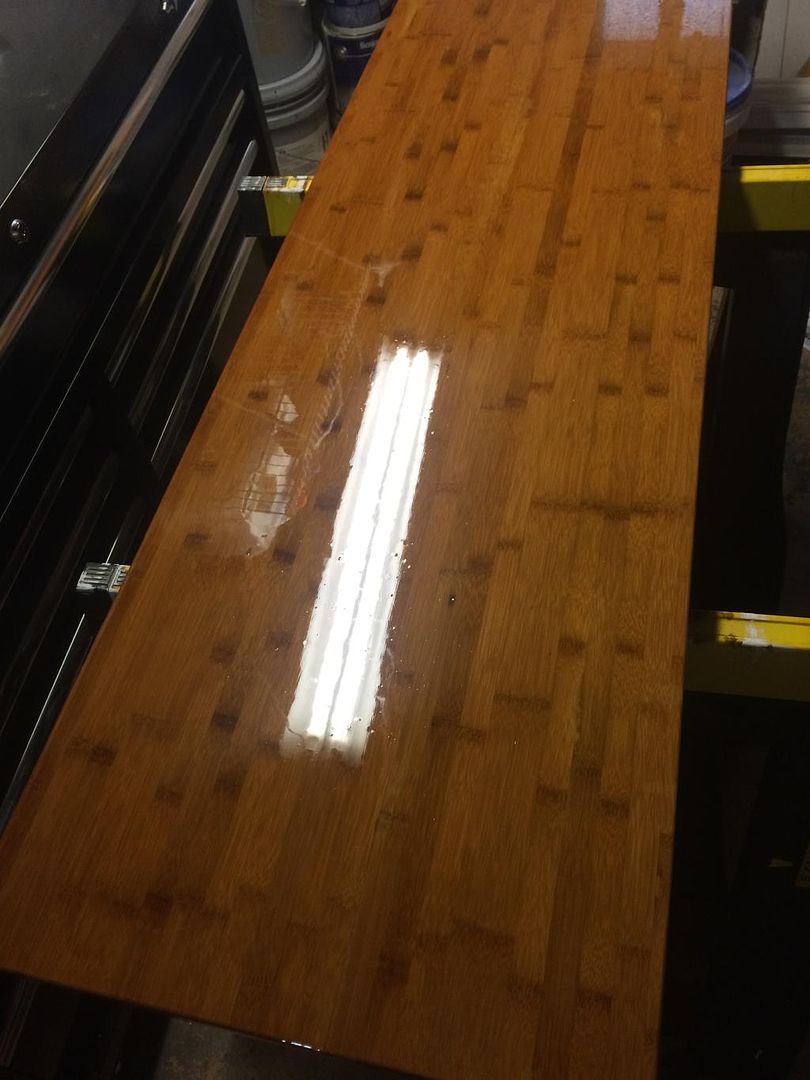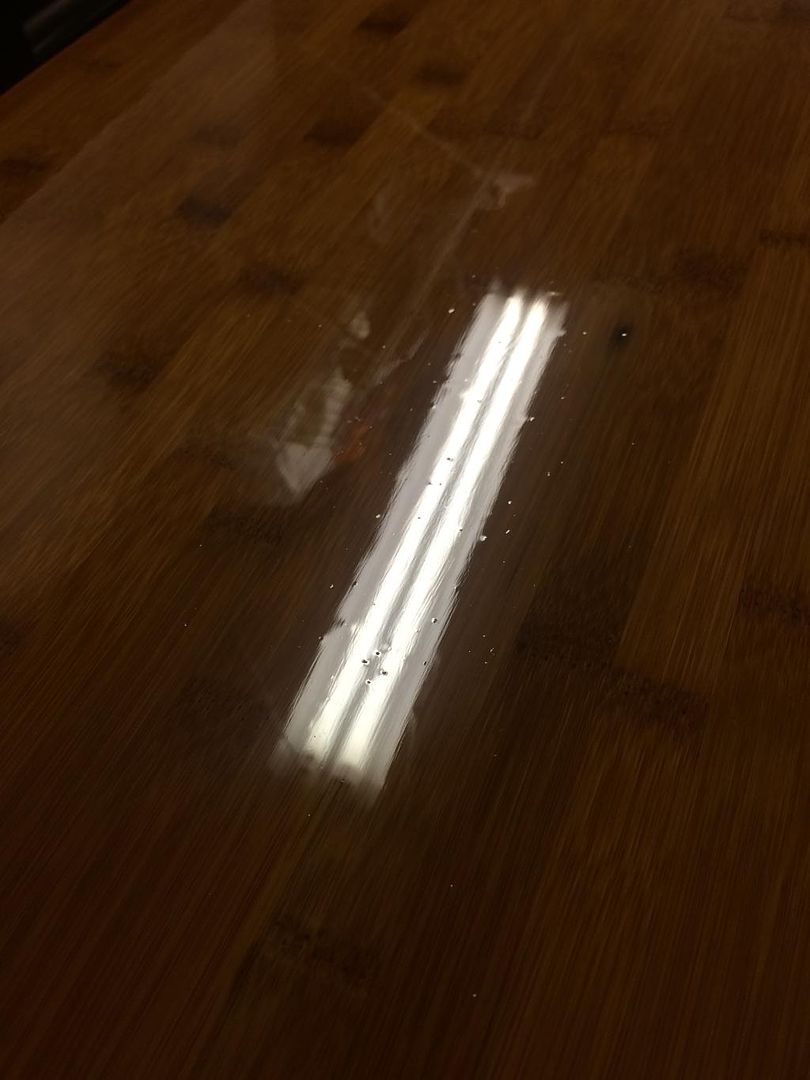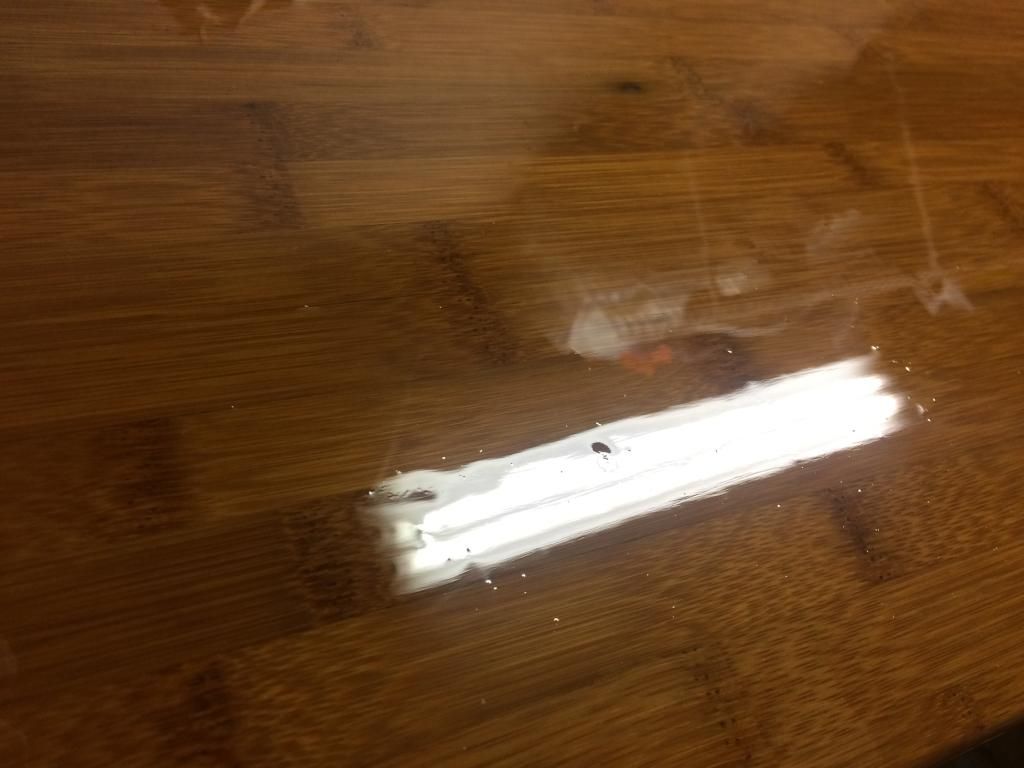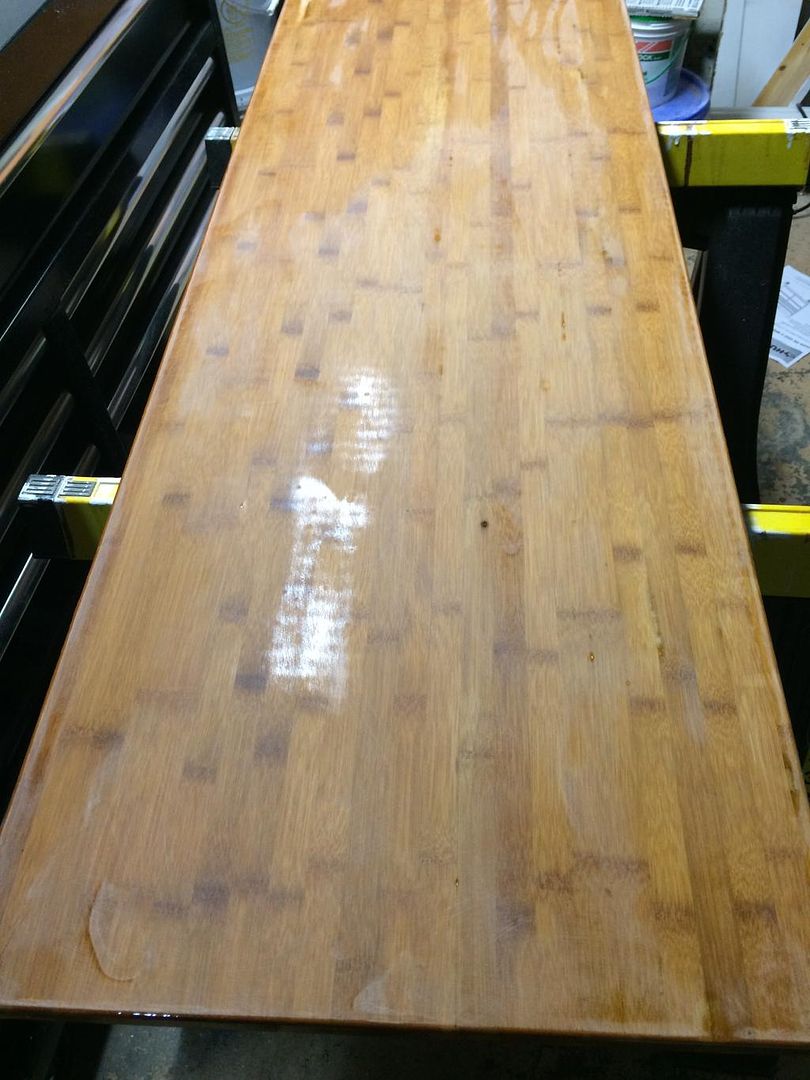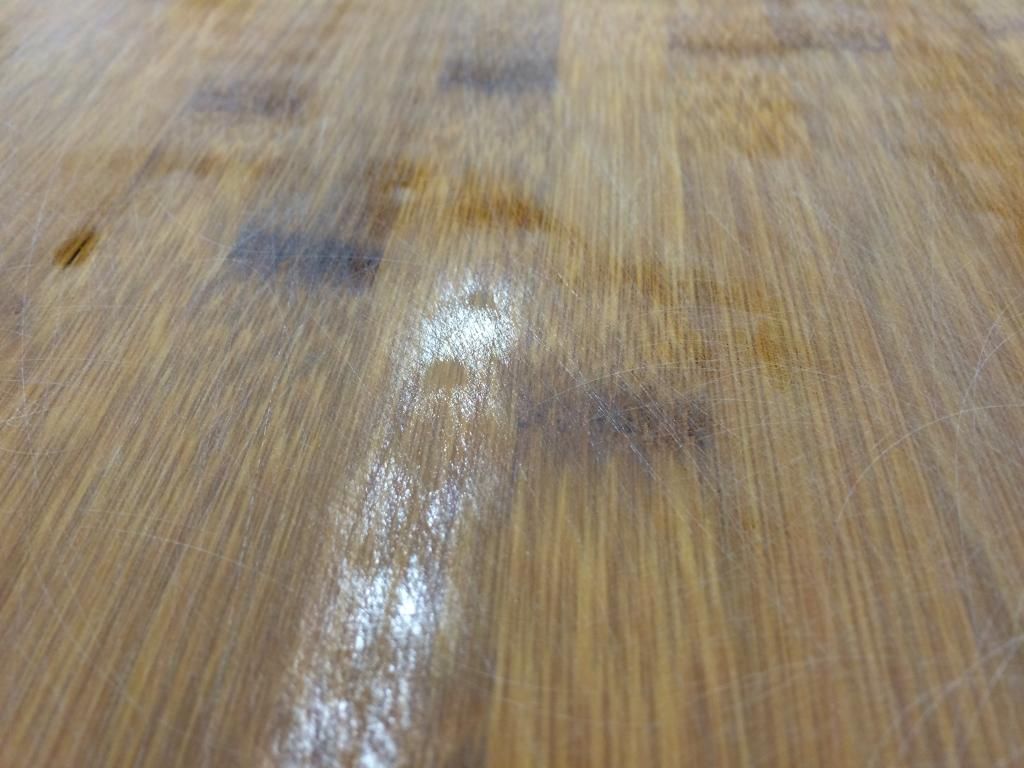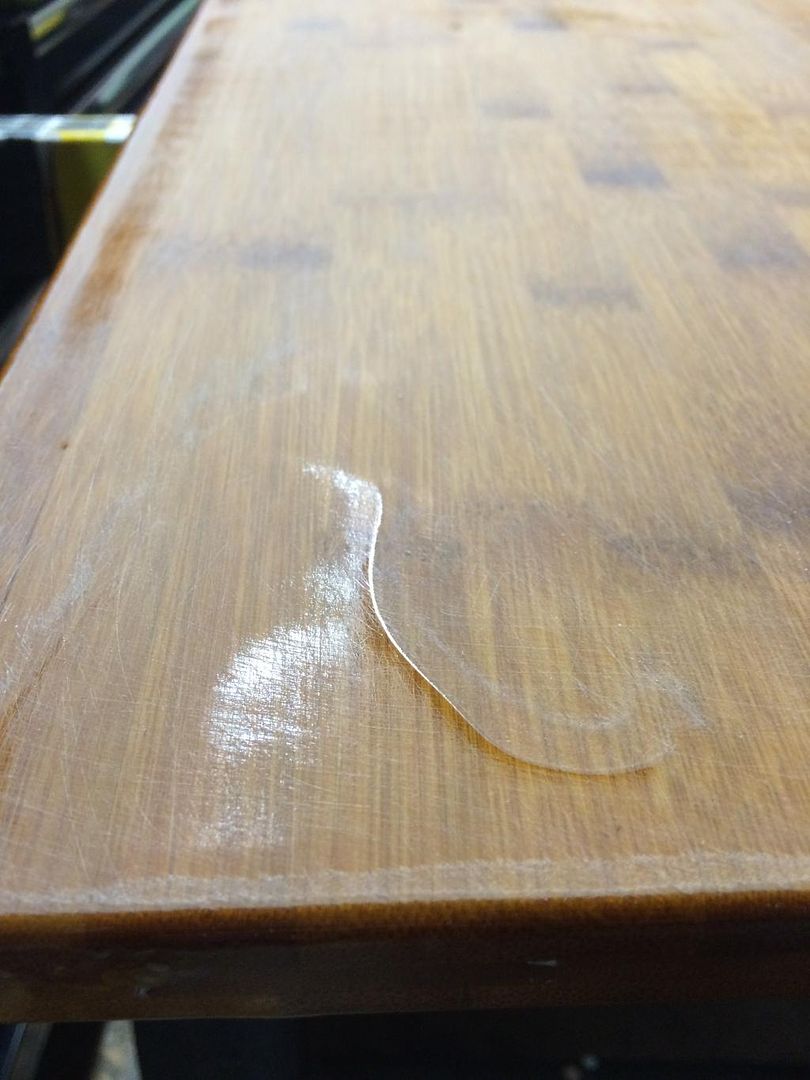I kept sanding with 320 grit and 0000 steel wool. Got things nice and smooth, honestly,mid it were my car and I felt what I did after washing, Id say it needed to be clayed. But I didn't want to chance sanding through the costing.
So I sanded, cleaned, wiped down.. Did dust management. The mist, closed space, cleaned space, careful what clothes I wore, etc. I also heated the space up.
I thinned it down with mineral,spirits, and tried to lay it down thinner so the heat combined with thinner coatings would allow faster cure. To get it thinner, I did brush it a bit more, which introduces more bubbles.
As soon as I got the coating on, I left. No lights off, no changes anything. Just closed the door to my shop and left.
So either it will be perfect, it will look like last time, or there will be bubbles that didnt pop. Hope to supply good news tomorrow am...
So I sanded, cleaned, wiped down.. Did dust management. The mist, closed space, cleaned space, careful what clothes I wore, etc. I also heated the space up.
I thinned it down with mineral,spirits, and tried to lay it down thinner so the heat combined with thinner coatings would allow faster cure. To get it thinner, I did brush it a bit more, which introduces more bubbles.
As soon as I got the coating on, I left. No lights off, no changes anything. Just closed the door to my shop and left.
So either it will be perfect, it will look like last time, or there will be bubbles that didnt pop. Hope to supply good news tomorrow am...

